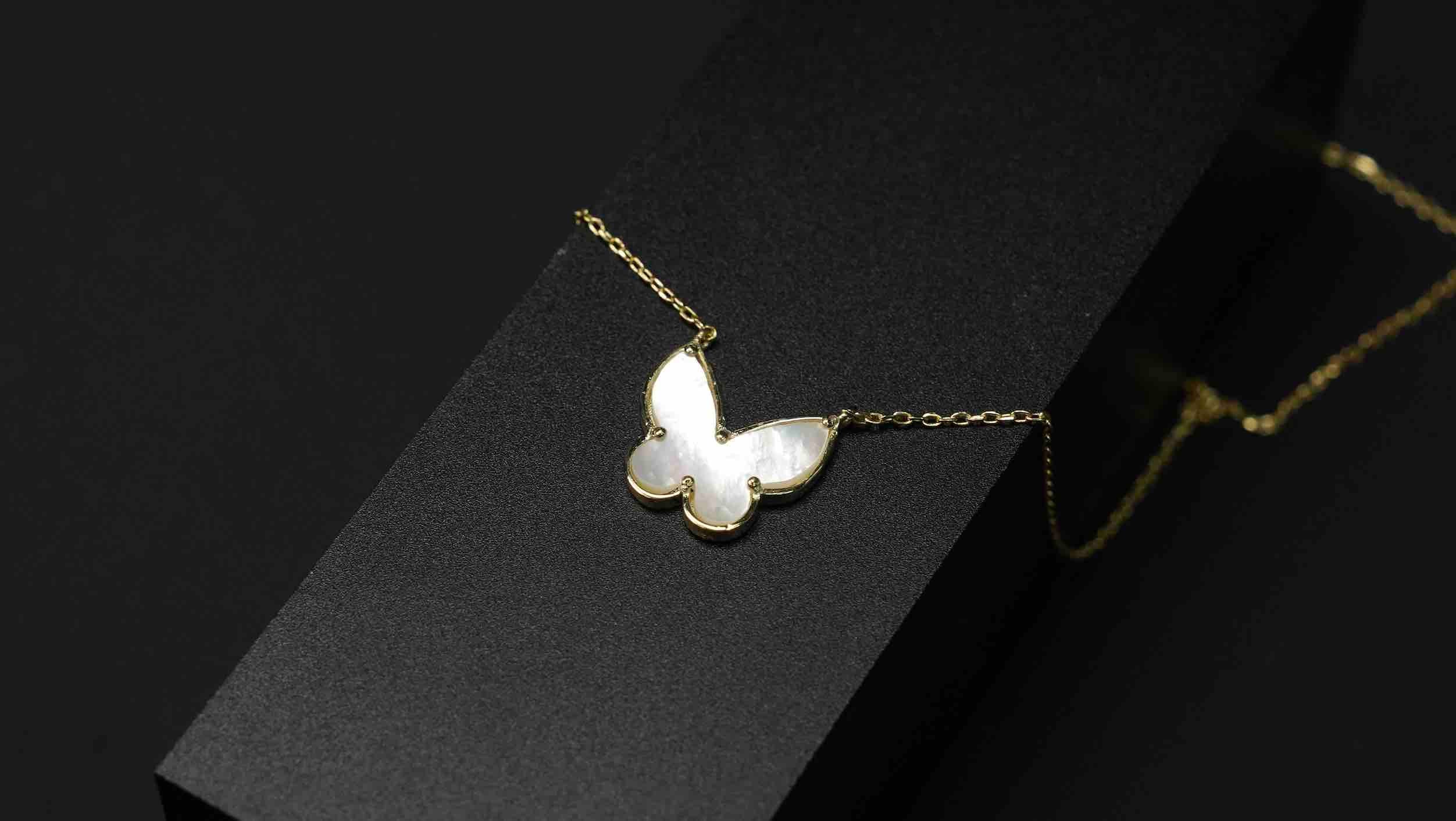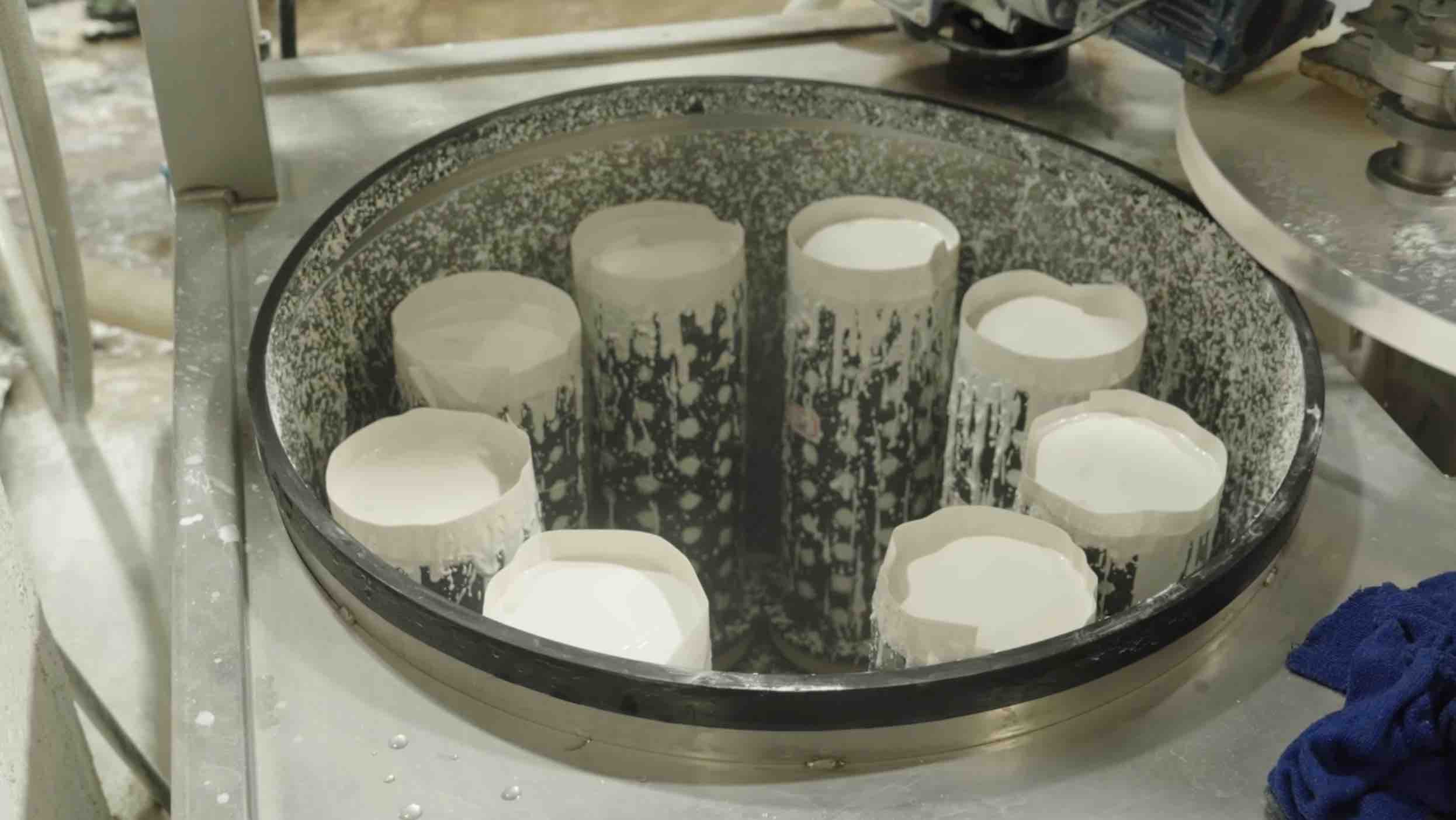Lost Wax Casting: From Ancient Craft to Modern Jewelry Art
Lost Wax Casting: The Metal Language of Civilizational Memory
In the world of jewelry, there is a craft that is both ancient and modern—one that crosses civilizations and eras. It does not simply create objects; it creates meaning. This is Lost Wax Casting.
If jewelry is a form of expression, then lost wax casting is the language behind that expression. It allows imagination, belief, memory, identity, and emotion to be solidified into metal forms that can be worn, treasured, and passed down.
Lost wax casting was not “invented” by any single civilization. Instead, it appeared almost simultaneously across different cultures. Archaeology shows that as early as 4550–4450 BCE, gold ornaments found in the Varna Necropolis of Bulgaria were already made using this method—featuring refined patterns and mature craftsmanship. Around the same time, in the Indus Valley settlement of Mehrgarh, copper amulets crafted using the same technique were also discovered, dating to around 4000 BCE.
This tells us something profound:
Before humans mastered systematic metalworking, they had already understood that wax can be shaped, fire can transform it, and metal can remember it.
From that moment onward, humanity gained the ability to preserve life and thought in lasting form.

In ancient Egypt, gold was believed to be the blood of Ra, the Sun God, and thus carried sacred meaning connected to the soul, eternity, and the afterlife. Lost wax casting was widely used to create chest ornaments, rings, and protective amulets. These pieces were not just symbols of wealth—they were keys for the soul’s journey into the next world. Egyptian artisans valued symbolic purity and eternal meaning more than perfect symmetry, giving their jewelry a strong sense of ritual and divine presence.
As the craft spread to India and Southeast Asia, it developed a new aesthetic—the expression of flowing divinity. During the Chola Dynasty (9th–13th century CE), artisans sculpted gods in wax, capturing movement, emotion, and spiritual energy, then cast them in bronze.
The famous Nataraja (Shiva as the cosmic dancer) is the best example:
A body full of strength,
Gestures filled with rhythm,
A calm face and transcendent.
Here, metal is no longer cold—it becomes alive.
In Europe, the method was widely used in Greek and Roman portraiture and ceremonial objects. But it reached new artistic heights during the Renaissance. Leonardo da Vinci analyzed casting techniques in his notebooks, and Michelangelo used lost wax casting to create bronze sculptures. For them, metal was not only a material—it was a carrier of thought, power, and human presence. From prehistoric civilizations and religious art, to royal authority and the rebirth of artistic spirit in the Renaissance, lost wax casting has always expressed one timeless theme:
Humanity shapes eternity with something that disappears.
From the most fragile wax, we create the strongest memories.
Traditional Lost Wax Casting Process
Lost Wax Casting is an ancient metalworking technique that remains widely used today in jewelry making, sculpture, and precision metal components. The core idea is simple yet profound: a model is first sculpted in wax, then encased in a heat-resistant material. When heated, the wax melts away—leaving a hollow mold into which molten metal is poured. Below is the complete traditional workflow:
1. Wax Model Creation
The process begins with carving the original design in wax. Soft wax is chosen because it is easy to shape and refine.
- Tools: carving knives, fine scrapers, heated tools
- Process: The artisan sculpts the wax block according to design drawings, gradually refining small details.
For complex pieces, individual wax components may be sculpted separately and then assembled.
2. Wax Model Refining
Once the basic shape is formed, the wax model is inspected and perfected.
- Any uneven surfaces are smoothed.
- Imperfections are repaired with additional wax.
- Joints and connections are reinforced to ensure stability in later steps.
Precision here directly influences the final jewelry quality.
3. Investment Molding
The finished wax model is now prepared for casting by creating a mold around it.
- Materials: plaster, silica, quartz, and other refractory compounds
- Process: The wax model is repeatedly dipped or coated in the liquid investment material, building up layers.
After each layer dries, another is applied until the mold is strong and stable.
This step forms the external structure that will later define the metal’s final shape.
4. Wax Removal (“Lost Wax”)
Once the mold is fully hardened, it is heated in a furnace.
- The wax melts and drains away completely, leaving a hollow cavity inside the mold.
- Typical burnout temperature ranges from 700°C to 800°C, depending on mold size and material.
This is where the name “Lost Wax Casting” comes from—the wax is lost, but its shape is preserved.
5. Metal Casting
With the wax gone, molten metal is poured into the hollow mold cavity.
- Common Metals: gold, platinum, silver, bronze, copper
- Metals are heated to temperatures exceeding 1100°C, then poured or vacuum-cast into the mold to ensure full filling. Every curve and detail of the former wax model is now transferred into metal.
6. Cooling
The mold is left to cool, allowing the molten metal to solidify.
- Cooling may take several hours.
- Depending on the piece, cooling can occur in air or controlled environments.
7. Mold Breakout
Once cool, the mold is carefully broken apart.
- The investment material is chipped away to reveal the cast metal piece.
- This step requires care to avoid damaging fine details.
8. Finishing
Freshly cast pieces often have rough surfaces or sprue marks. Finishing refines them into their final form.
- Processes: filing, grinding, polishing, sandblasting, or hand-finishing
- Additional steps may include gemstone setting, engraving, or surface texturing.
9. Quality Inspection
Finally, the completed piece undergoes a detailed quality check.
- The artisan inspects the surface finish, dimensions, structural integrity, and overall craftsmanship.
- Only flawless pieces move to the final presentation stage.
A Modern Revolution: The Introduction of 3D Printing
Although the traditional lost wax casting process has evolved over thousands of years and remains essential in jewelry and sculpture, modern technology has brought new possibilities. With the rise of 3D printing, the workflow of jewelry design and casting is being transformed—allowing greater efficiency, finer detail, and far more creative freedom than traditional hand-carved wax models alone.
3D Printing: Precision and Complex Forms Made Possible
3D printing turns digital designs into physical objects by building material layer by layer. In lost wax casting, 3D printing is now widely used to replace hand-carved wax models, producing highly detailed and complex wax forms directly from digital design files.
This brings several key advantages:
High Precision
Unlike traditional hand carving, 3D printing offers extremely fine resolution. Even the smallest and most intricate design details can be reproduced accurately. For jewelry designers, this means their most delicate and imaginative ideas can be brought to life exactly as envisioned.

Freedom to Create Complex Shapes
3D printing makes it easy to achieve geometric forms and structural details that would be nearly impossible—or extremely time-consuming—to create by hand. Whether the design features microscopic patterns or highly intricate openwork structures, 3D printing handles them effortlessly.
Superior Surface Quality
The surfaces of 3D-printed wax models are smoother than traditional hand-carved ones. This reduces the amount of polishing and refinement needed after casting, helping the final piece achieve a more polished and refined finish.

Fast, Efficient, and Suitable for Batch Production
Compared to traditional hand-carved wax models, 3D printing is faster, more efficient, and simplifies the entire production process. It greatly shortens the time needed to create wax patterns and allows quick prototyping during the design verification stage.
Fast Production:
In traditional lost wax casting, carving a detailed wax model may take several days or even weeks—especially for complex designs. With 3D printing, the designer only needs to upload the digital model to the printer. The wax model can be produced within a few hours or days, significantly improving efficiency.
Batch Manufacturing:
Another key advantage of 3D printing is its strong capability for batch production. Manufacturers can quickly produce multiple identical or varied wax models in a short period of time. This is especially beneficial for large-scale production, custom jewelry orders, and fast response to market demand changes.

Reduced Human Error:
Since 3D printing is based on accurate digital models, the process reduces the variations and mistakes that may occur with hand carving. Each wax model maintains uniform dimensions and details, ensuring the final cast metal pieces are consistent and precise.
A Seamless Workflow: From Design to Finished Product
3D printing is not only a replacement for traditional wax carving — it also reshapes how designers interact with the manufacturing process.
Designers can use CAD (Computer-Aided Design) software to create, modify, and refine jewelry designs digitally.
These digital models can be directly used for 3D printing and, if needed, quickly reprinted after adjustments.
This allows designers to test, iterate, and perfect their work before casting.
With this workflow, the design process becomes:
- More flexible
- More creative
- And significantly more cost- and time-efficient
Designers can launch new collections faster, experiment more freely, and respond to customer feedback or market trends with greater agility.
Case Study: From 3D-Printed Wax Model to Finished Ring
To better understand how 3D printing works together with lost wax casting, let’s take a custom hand-crafted ring as an example. The designer first creates a 3D model of the ring using CAD software, then prints a high-precision wax model with a 3D printer. This wax model then enters the lost wax casting process: it is encased in investment material, the wax is melted out, molten metal is injected, and the piece is then refined through polishing and finishing.
In the end, a beautifully crafted jewelry ring is transformed from a digital design into a physical piece. We have provided a more detailed step-by-step walkthrough of this entire process in another article — including wax model handling, sprue design, metal pouring, polishing, and stone setting.
If you’d like to explore the full workflow in depth, you can click here to view the complete case study (https://enterprise.flashforge.com/blogs/blog-1/how-are-rings-made-from-3d-models-by-wax-3d-printer).

3D Printing Brings Significant Advantages to Lost Wax Casting
1. Higher Precision: Micron-Level Detail Without Relying on Hand Skills
Modern 3D printing technologies — especially DLP / SLA printers designed for jewelry wax models — can achieve resolutions of 25–50 μm.MJP technology can even reach a layer thickness of just 15 μm, with 2900 × 2900 × 1700 DPI high-definition precision.
This means the printed wax models can present extremely fine surface textures, filigree patterns, openwork structures, and tightly arranged details with excellent clarity and sharpness. No matter how complex the design, it can be reproduced accurately and consistently. Design is no longer limited by the sculptor’s manual skill — creativity can return to pure artistic expression.
2. Creative Freedom: Breaking Shape Limitations — Imagination Becomes Boundless
Traditional wax carving becomes very difficult or nearly impossible when dealing with structures such as:
- Interwoven 3D openwork
- Multi-layer overlapping textures
- Very thin and uniform structural elements
- Natural, flowing, organic shapes
With 3D design + 3D printing, these designs can be achieved with ease. This allows designers to stop adapting ideas to manufacturing constraints — and instead, let creativity drive the evolution of craftsmanship.
3. Faster Production: From Days to Hours
Modern 3D printers are highly efficient. For example, Flashforge’s WJ530 machine can print wax models at 5.5 mm/hour when printing at a 15 μm layer thickness, producing up to 12 kg of wax models per month.
Where traditional hand-carved wax models might require 3–7 days, 3D printing typically requires only:
- A few hours to design the CAD model
- A few hours to print
This advantage is especially clear in multi-piece or batch production, where many wax models can be printed simultaneously — greatly shortening delivery times and reducing manual labor variability.
4. Repeatability: Consistent Quality and Standardization Across Production
Hand-carved wax models will always have subtle differences, but 3D printing ensures:
- Consistent proportions, details, and textures for every piece of the same design
- Easier development of coherent product series and collections
- Design files can be stored, reused, and reproduced anytime
This not only increases production efficiency — it also strengthens brand identity and builds customer trust.
5. Lower Risk and Reduced Trial-and-Error Cost: Easy Design Review and Adjustment
Design modifications no longer require “starting over from scratch.” Simply adjust the model in CAD
→ Reprint the wax model
→ Continue the process.
This is especially valuable for custom jewelry:
Customers can review an initial prototype → request changes → confirm → then proceed to casting.
This greatly improves communication efficiency and overall customer satisfaction.



